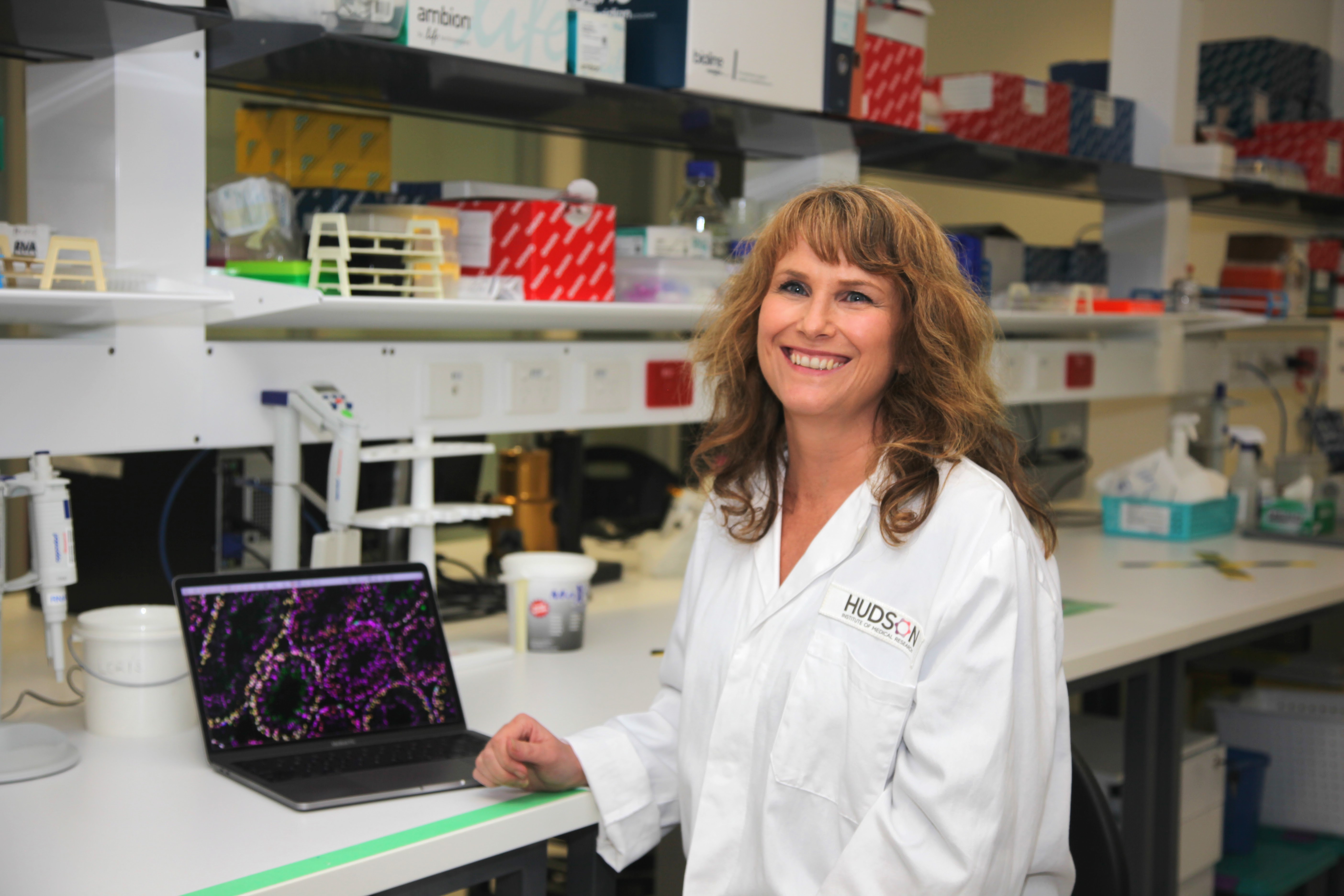Male fertility clue in ‘sneaky’ sperm particles that hitchhike around the body
By Hudson Institute communications. Reviewed by Dr Liza O’Donnell

A world-first discovery of ‘sneaky’ sperm particles found outside their ‘home’ in the testes offers new hope for male fertility issues and new insight for cancer researchers.
The surprising discovery found that sperm-derived proteins are able to enter the circulation, providing rationale for a simple blood test for men with fertility issues, in place of invasive biopsy surgery.
New testis function rewrites male fertility science
The study, published in the Journal of the Federation of American Societies for Experimental Biology (FASEB J), is the first ever in-depth analysis of testicular fluid. It revealed that sperm derived proteins are deliberately released from the tubules where sperm are produced in the testes, into the surrounding fluid. From this fluid, these proteins can then enter the bloodstream.
Co-lead from the Hudson Institute of Medical Research and University of Newcastle, Dr Liza O’Donnell, said the discovery debunked the widely accepted belief that sperm-specific proteins are strictly confined to the testes’ tubules behind the blood-testis barrier or ‘fence’.
Key points
-
- The study found that the testes deliberately release sperm derived proteins into the surrounding fluid, debunking the belief that sperm-specific proteins are strictly confined to the testes’ tubules.
-
- This new knowledge represents a major step forward to advance fertility diagnosis and treatment in men.
-
- The sperm particles discovery may also offer cancer researchers new insight into therapies.
Professor Lee Smith, University of Newcastle co-lead, said he was proud of his team for challenging the status quo.
“This discovery really does defy what we thought we knew about testicular function. The knowledge represents a major step forward to advance fertility diagnosis and treatment in men, and could offer important clues for other treatments,” said Professor Smith.
Hope for male fertility testing
Approximately nine per cent of infertile men do not produce enough sperm in the testis for fertile ejaculation and for most, surgical retrieval of sperm from the testes for IVF is the only prospect to achieve parenthood.
Dr O’Donnell said the lack of markers to predict successful retrieval of sperm was a major issue in the management of these patients.
“The surgery is unsuccessful in up to half of all patients for various reasons, but now that we know many sperm-specific proteins are able to be released from the testes, there’s potential to predict success by a less-invasive blood test.
“We found that the levels of some of the sperm-specific proteins in the testes fluid reflected the level of sperm production within the tubules, suggesting these proteins could be an indicator of fertility status in men,” Dr O’Donnell said.
A clue for cancer researchers
The sperm particles discovery may also offer cancer researchers new insight into therapies.
“Many of the sperm-specific proteins we found in the testes fluid are also known as cancer testis antigens or CTAs, which are often produced by cancers,” Dr O’Donnell said.
“It’s a widely held assumption that these CTAs are exclusive to the tubules of the testes so they were thought to be absent from the circulation in normal, cancer-free men (and women). This makes them an attractive target for cancer immunotherapy, where the goal is to generate an immune response against the CTA to kill the cancer cells.
“However, our findings suggest that because some of these CTAs can actually enter circulation, they would have already been recognised by the immune system as “normal” and therefore an immunotherapy approach targeting CTAs would not work in men.
“There are currently many ongoing clinical trials across the world targeting CTAs for cancer immunotherapy treatment so this discovery is vital to help researchers exclude certain approaches and redirect their research efforts,” Dr O’Donnell said.
Why are sperm particles released beyond the testes?
Dr O’Donnell said the newly discovered function of the testes, deliberately releasing sperm derived proteins into the surrounding fluid, could be to avoid an immune attack on sperm.
“Originally biologists believed these proteins were restricted to just the tubules because the immune system is established early in life and is ‘taught’ to recognise foreign proteins. Because sperm only appear in the male body at puberty, their proteins would appear as foreign to the immune system and could be subjected to an immune attack,” Dr O’Donnell said.
“We believe the testes purposely release small amounts so that the immune system becomes ‘tolerant’ and doesn’t launch a full attack on sperm.”
Journal | Journal of the Federation of American Societies for Experimental Biology
Title | Sperm proteins and cancer-testis antigens are released by the seminiferous tubules in mice and men
View publication | https://doi.org/10.1096/fj.202002484R
In this article
About Hudson Institute
Hudson Institute’ s research programs deliver in three areas of medical need – inflammation, cancer, women’s and newborn health. More
Hudson News
Get the inside view on discoveries and patient stories
“Thank you Hudson Institute researchers. Your work brings such hope to all women with ovarian cancer knowing that potentially women in the future won't have to go through what we have!”





